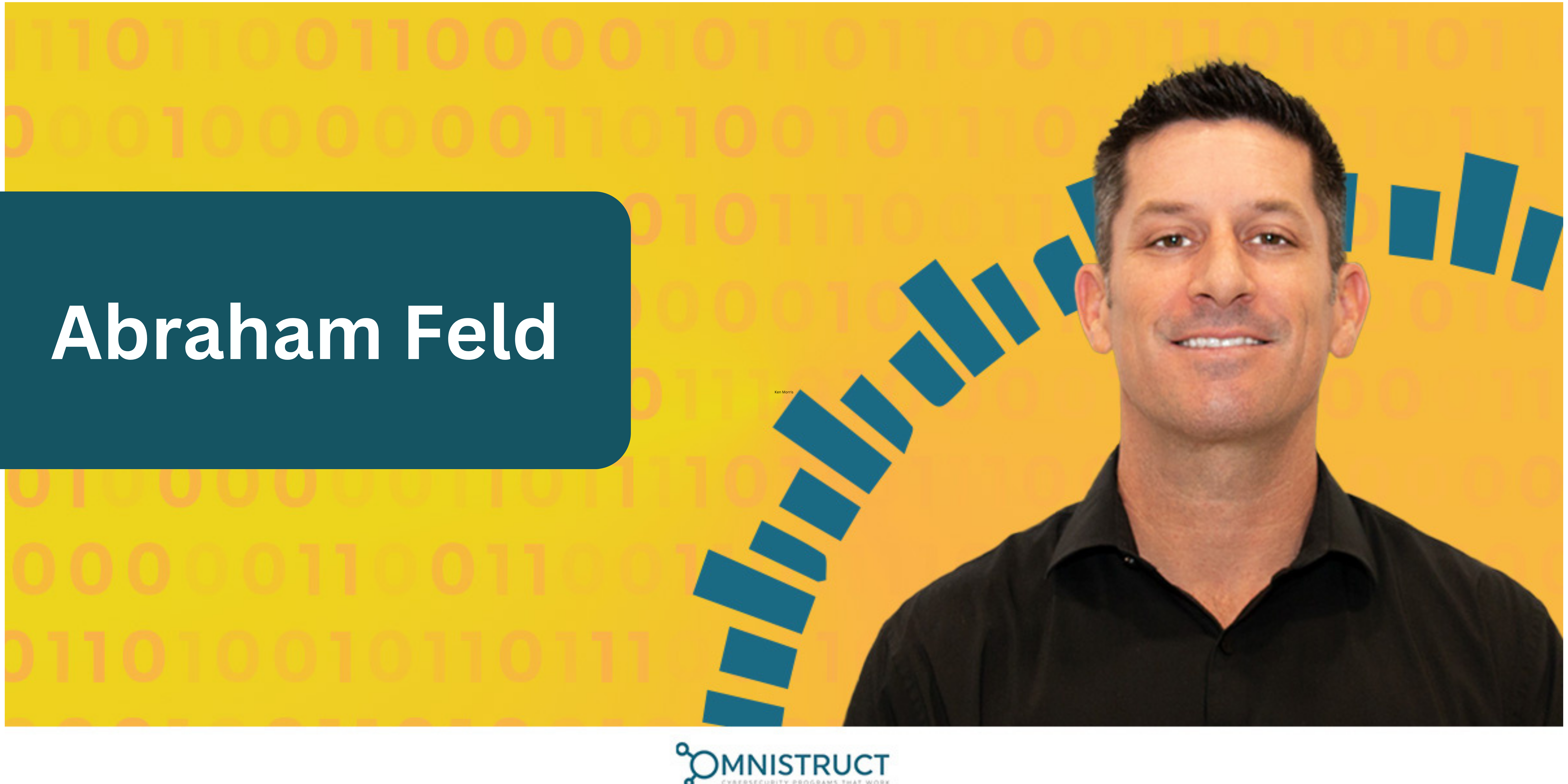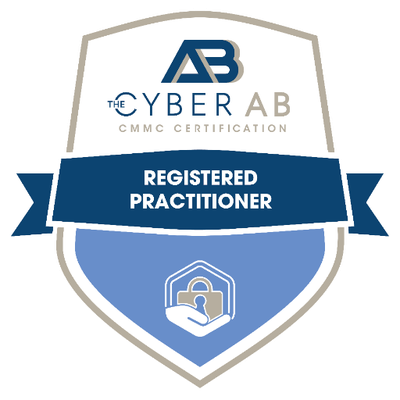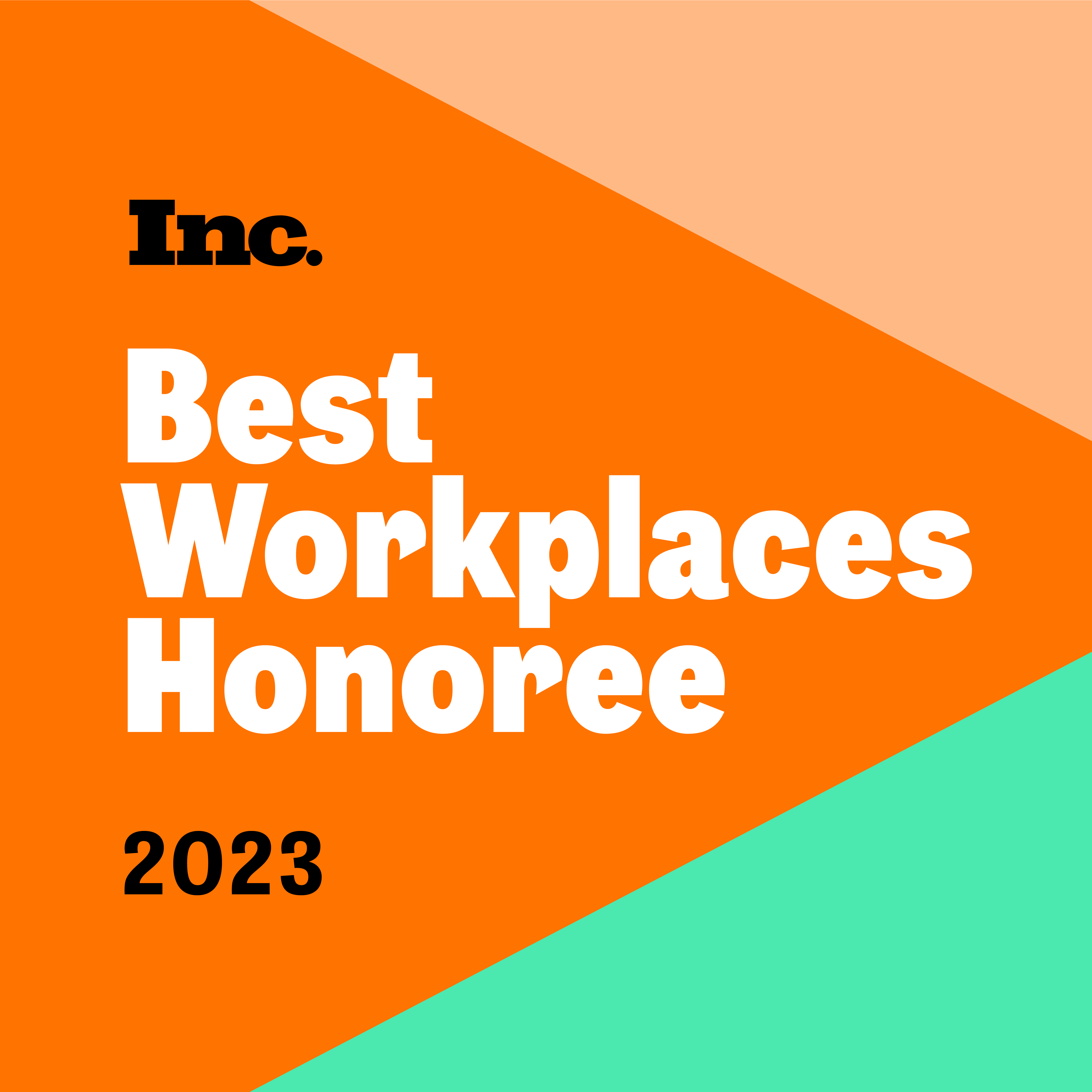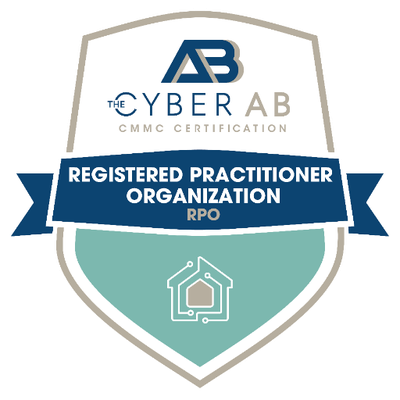From crafting dreams to engineering realities, 3D printing is reshaping industries and bridging the gap between imagination and innovation. So, what’s the catch? In this episode, we sit down with Abraham Feld, a visionary expert in additive manufacturing and co-founder of Creative 3D Technologies, to explore the world of 3D printing. Abraham takes us on a journey through the evolution of 3D printing, from its humble beginnings to its current status as a game-changer across multiple sectors. He sheds light on how this technology, once perceived as just a tool, is now a catalyst for revolutionary advancements. From intricately designed prosthetics and functional car parts to the eco-friendly benefits of 3D printing, Abraham proves how this technology can shape our tomorrow. Tune in now!
Watch the podcast here
Molding Reality: How 3D Printing Bridges Design And Creation With Abraham Feld
In this episode, we’ve got this cool guest that we’ve already been having a lot of fun with. He’s inspired the book, The Magic of Thinking Big, teaching how to achieve goals with positive thinking in action. He’s always on the lookout for hilarious memes on LinkedIn. He’s a passionate golfer who loves to challenge himself on the course and is pretty professional. On top of that, he’s a Chief Commercial Officer. Welcome, Abraham.
How are you? Good to see you. Thanks for having me on. I’m excited to be here. It’s a wonderful day, a new show.
We’re going to jump right in here. Here’s our thing. If cyber risk was a pizza, what’s the riskiest topping you’ve seen and what would you equate it to?
If I have to go out there risk, I would say we’re throwing it out there some anchovies and some pineapple mixture with a little bit of olives. It falls into the court when you’re dealing with additive manufacturing as a whole and making parts and machinery equipment. With all of these things that are involved in all these various types of equipment, you tend to come into a lot of issues as far as anything from IP issues, security, file sharing, and a lot of NDAs in place when you’re rapid prototyping. You have everything from the DOD all the way running the gamut down to the private sector. There can be some challenges there. I would say that that’s inherent and natural as we progress as additive manufacturing is now becoming more of a regular household term, otherwise known as 3D printing. That’s what I would have to say would be right around those ranges.
In your role as the Chief Commercial Officer for your company, what’s been keeping you up at night?
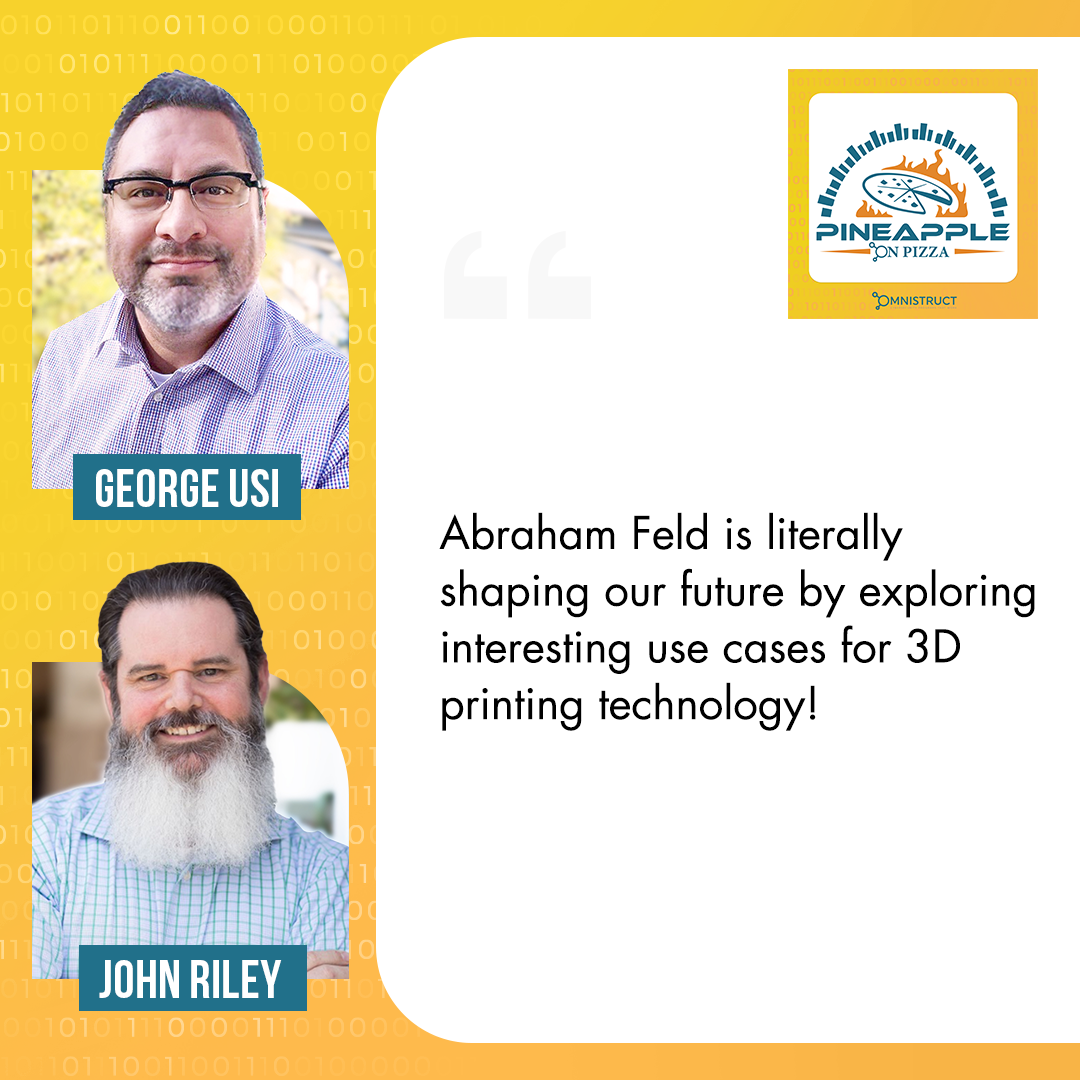
Besides customer satisfaction, I find that as things go faster, we tend to not necessarily take the time to service said customers. Along with that, you have everything from the comfort and the brand trust, everything down to the security of their personal information, whether it’d be purchasing, financing, you name it. Everything is down to personal and IP information.
For me, what keeps me up at night is my drive to always deliver an amazing product, and build and create something manageable, sustainable, as well as scalable so that people are not necessarily buying a boat anchor or purchasing a product that doesn’t necessarily work with them. It’s a tool, it’s not a sale. I don’t want to be a used car salesman. I want to provide this. That’s what keeps me open mind. I want to provide that solution. It’s like a saw with many blades for the craftsman. He doesn’t have to buy a lot of saws.
George and I can relate to that. We worked in a hardware store many years ago selling saws as well. One of our friends did. I did plumbing and electrical. George did some painting.
It’s obvious. That’s the thing about additive manufacturing. That’s the difference between what we would call deconstructive manufacturing, like CNC. You take a solid block of material and you hone it down to this part, all this wasted material. Yes, you can recycle, etc., but you can see my background, that’s additive manufacturing right there. You’re building from nothing thin air. As you make, you’re making this additive unit, which is extremely useful across the board. It’s anything from coming up with an idea to a final part. That is what the power of 3D printing is. That’s where we come in as an OEM manufacturer. We’re here in Austin, Texas. We manufacture this 3D printer that does all that stuff.
What are your biggest challenges in regulatory requirements in your industry?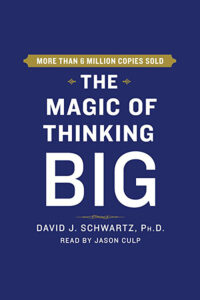
We have things like power usage. It’s like, “Where is this thing going? How much power is it going to consume?” You have things like off-gassing. You have environmental issues like HEPA filter involvement. Does your machine filter the air? Does it need to be vented, etc.? You have things like Wi-Fi accessibility to the module and how you’re printing or transferring files. Are you using our system where you’re capable of doing both?
We built that system specifically to do so and we have things in place from previous manufacturers that have followed the specific guidelines that meter exceed that safety requirements. We had all the safety that’s built into the individual components before we amassed them into our new user interface, which was to interact with and how our files are transferred.
Is there a network of these items? You said that there is Wi-Fi.
That’s the thing. It’s like a printer’s size if you would imagine an oven. You roll an oven into your office and you plug it in. You’re at your computer and you want to send it. It is just like printing at home. We’ve enabled that Wi-Fi transfer and everything.
You’re using standard chips.
Yes, that’s what I meant to say. I’m lost for words. It’s already standardized.
You’re not building your chips, you’re putting the pieces together to make it.
Yes because we’re not going to manufacture certain products. We’re not going to manufacture to that degree. We’re hand-assembled. We design and manufacture everything that we can here in the US.
What’s the risk of safety? I’m imagining there’s safety and injury potential with lasers and all other kinds of manufacturing. Is this one of the benefits? Do you reduce that risk with 3D printing?
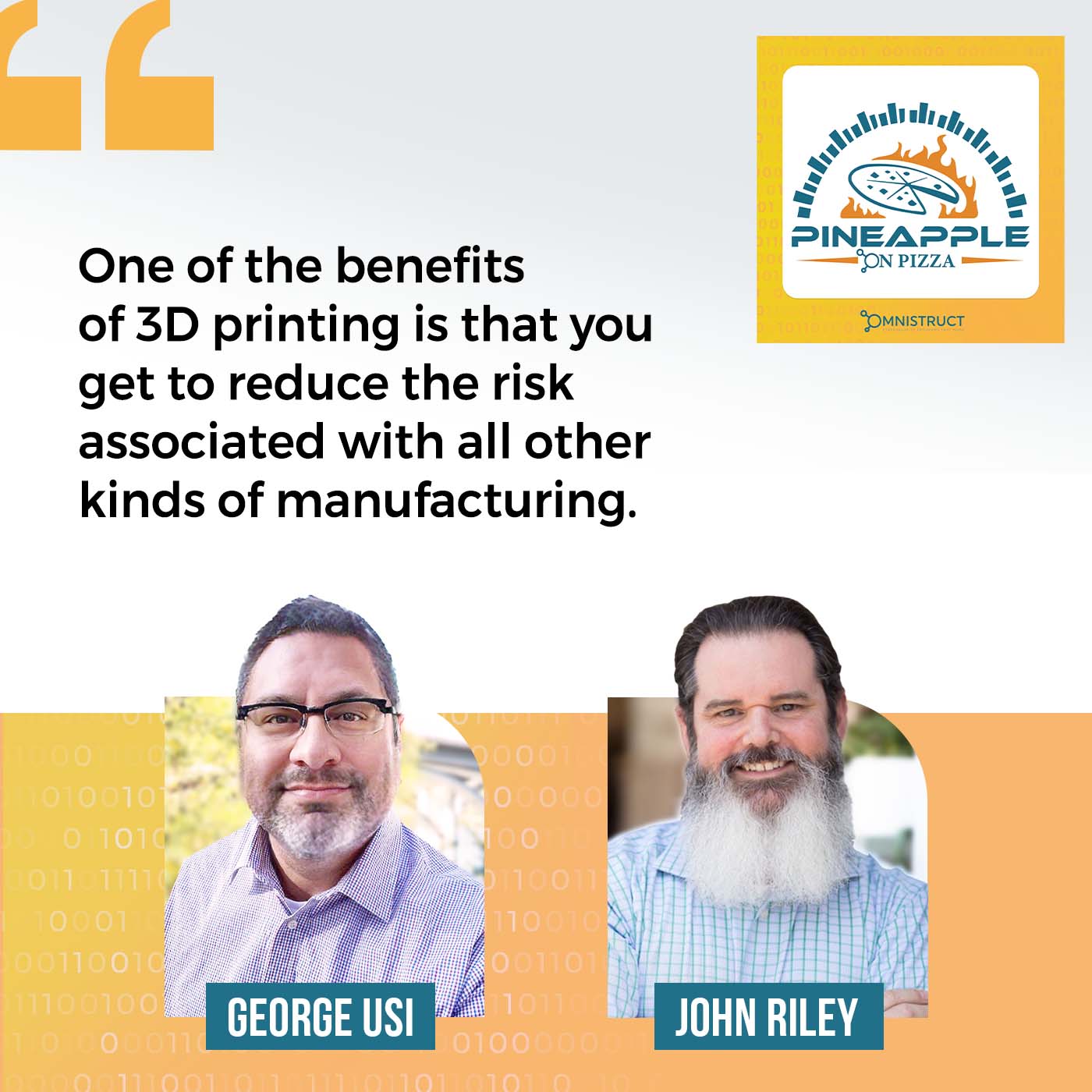
The thing with 3D printing is depending on the machine you get. For example, the one we make has an enclosed unit. It’s heated, has a HEPA filter, and plugs into a one 10 outlet, so you don’t need any access. There’s a huge benefit to that. That’s why we went the way we did. The market has solutions, but the solutions are like you buy a surgeon’s knife or you buy a pocket knife with all these various abilities. You’re either pretty good at a bunch or finite.
Our machine does that in both regards. The reason is we wanted it to be a solution, so it reduces the amount of challenges. Now, you don’t have to have different machines and don’t have to have a lot of different inputs. Reducing the amount of challenges, meaning the material you put into it is pre-bound, it’s on a spool, it looks like spaghetti. You get that from a supplier. We’ve now built a profile like when you put it through a regular paper printer, that glossy paper, etc., that’s already pre-established.
The amount of airflow, the heat, the temperature, all these things are specifically calculated in order to minimize everything from power usage, which we’ve done heat-testing, power consumption, and the amount of off-gassing for certain materials. That’s where we’re getting into that reducing and all of that, anything from a cybersecurity standpoint to a health standpoint and altruistic standpoint. The sustainability as well, meaning that you can print hybrid materials like hemp, recycled fish nets, plastics, and things, which is quite phenomenal.
I’m always thinking in my mind that it was plastics only.
That’s the thing with 3D printing. Now, that creates a whole new challenge because we’ve opened up Pandora’s box, not necessarily, but to a degree, meaning it almost becomes too good to be true like, “There’s no way all this cat’s out of the bag.” Actually, yes. It’s just what it is. It’s understanding how it works. For example, if I tell you we can 3D print a metal part from our machine like you see in the backdrop, we can. However, there are post-processing steps, and there are these things that fall into place.
It’s like managing the expectation of building a home. You see a final home, and it’s like, “That must have been real bam.” No, it’s always two weeks. It took a while to get on the cover of that magazine from breaking ground and pouring a first slab. That’s where we have done all that work and tested the waters that done all that. Now, we have created a machine. It’s a dual head. It prints two heads. It can do two materials. It can combine two materials, so now you’re expanding into 4D circuitry and all these other different things.
Back to the tool part portion, it is a tool that allows engineers, rapid prototypers, and manufacturers of any product which we’re selling a lot of these two because now it opens the floodgates. I have a company. It’s one of the larger manufacturers of dental equipment chairs, etc. They make everything out of metal. The base of the chair is where the wheels go. They want to print that for speed. The problem is post-processing.
It is about educating people. That’s where we come in. Yes, we built this, but you have to understand that this is the expectation. We educate you. We minimize all of these things. Everything from getting your file from your computer all the way to the final product. It’s soup to nuts that we support. Larger companies are not doing that. Not to name drop, but names that you typically would use at home that make computer and printer parts like components that you currently use. They do that in the 3D space. Everybody does a great job at things. However, I feel that we have now come up with a secret sauce that more or less designates us in a unique way that’s both good individually and at a myriad of things.
Now, you can do flexible material, like TPU on the protective knuckles of a glove. There’s off-gassing and all that stuff when you’re making things like that. You can sew a glove and make these things and stitch them on there. You know those things like work gloves and flexibles. You could make a hybrid hemp material, so I got a hemp builder that builds componentry for the bracket tree. It has the lumber, and now, they’re using metal and sustainable recycled aluminum. They can print L-brackets and beam brackets that are ridiculously strong and inherently light.
Somebody’s got to be buying something from you. Is it the consumer, is it the maker, or both?
That falls into a unique niche. What I’ve coined it as is its prosumer grade with industrial manufacturing capability. Let’s say you are a small company. I say small, meaning you’re in Amazon, you’re in your garage, and you’re making motorcycle parts and mountain bike parts. You’re making levers out of a hybrid carbon component. You had this unique design that’s ergonomic to your finger joints because you studied the movement of the first 3 knuckles for the last 10 years. You can now either finance it or purchase it due to the price point. That’s the whole point of this conversation or these points that I am making. There’s nothing that you can get out there that’s comparable in price.
To answer your question, I had this idea of doing this business, “How do I get this? I have to do a mold. I have to go overseas. How am I going to get this?” I can tap into an engineer and get the files to work with that. I can either purchase my machine or I can have the machine work brought on over, like rent a warehouse out, put a few of them in there, and you’re off to the races. Yes, there’s more to it like the TV shows when they have, in the house, the final product. It isn’t that easy in the sense that once you’re educated upon that, like you are now, you start getting light bulbs. You start looking at things like how I do naturally or how things are comprised rather than as a whole.
When I look at an engine, I see all the pieces that make it up. I’m like, “I could 3D print that bracket. I could make this.” I can go around your house, “I could make those things that hold my towels, toothbrush holders, and levers.” It’s ridiculous. Your mind starts looking and thinking to making. It’s phenomenal. Prosumer is great. I started my garage, and now I started this company that makes bike levers. I can make it. I can custom-color it.
That opened the gates now because this guy’s educated and he’s smart enough to use it, which most people are. We’re on a video conference feed. We were able to put together a wonderful show. You guys have a great track record of doing what you do, by the way. It’s an example of it is that easy, but it is that powerful at the same time.
You could buy 100 of them in a warehouse and make parts, which is what’s happening in Utah, Idaho, and all these manufacturing states that are picking up on this. For example, if you go to Home Depot, there’s this guy. I don’t necessarily mention the name, but he built a warehouse and did the whole thing. He landed a very large multimillion piece, meaning printing millions of pieces. If you can imagine you go to Home Depot, it’s an oil thing, then there’s this tab that holds the nozzle on the side in retail. He 3D printed that little thing that goes on the bottle and holds the nozzle. It’s a million of them for a million bottles. You’re talking about, “Can you do volume? Can you do this?” “Yes.” That is the difference in understanding how you get there.
That’s what we came up with. In large volumes, you can print small details, various materials, price point fits through a US doorway, plug and play. We’ve taken into consideration all the security components along the way. We’re all about meeting and exceeding. We’re going to show the world what we can do type of thing. Along with people like yourself, we’re hoping we can do what we can and make a great product, make people happy, and use it. I’ve used it and I love it. It’s got me looking at things completely differently now. I hope you’ll probably start looking at it like, “I can make that bike seat.”
There are lots of great ideas. Our job is to figure out what are the hackers thinking, “How can I do bad with this?”
You have an online community and you have a whole consortium of files where they’re all hosted. People will be sitting there and they’ll be making all these files and uploading them. There’s hustle. If I’m going to spend time and I’m going to 3D model these, I’m going to put them on that website and that’s going to charge $14.99 a download for the file. Now, it’s on them because I’ve signed the contract with them, but I’m allowing that.
There are a lot of avenues there. It’s like cigarettes. You know it’s bad for you but you do it anyway. There’s always going to be an inherent danger, but there is a lot of trust, and the community’s tight. Additive manufacturing, as a whole, is metal and exotic materials. You then have your plastics and your normals. That’s what I call them anyway. You have your differences. You then have industrial stuff. They’re making rockets like relativity space. If you go to Long Beach, they sent the first 3D-printed rocket into space before. It’s phenomenal.
If you look at one of the most expensive Cadillac EVs that came out, most of the components of the interior are all custom 3D printed. If you watch the movie Red Notice that just came out in the intro, that’s a resin 3D printer that they use. That’s how they print the fake gem. The new version of Indiana Jones replaced the sand with 3D printers. If you want to talk about excitement and awesomeness, it’s pretty crazy. I bought a new pair of shoes, Adidas, and my shoes are 3D-printed. The soles were 3D-printed. The bottle opener in my kitchen is 3D-printed.
By you or by somebody else?
I printed the 3D bottle opener. I should have had some of these samples. It’s very fascinating.
I have a nephew who probably has six printers by the way.
For a few hundred bucks, you can get into the hobby. You can start making stuff, no problem. Ours, we sell a printer that’s under $50,000. I like to say it’s the size of a gas oven. It’s like what you can print in the box. Let’s say 3×3 or 4×4. It’s a box.
Everything’s mostly exciting about this. The only thing that worries me has nothing to do with anybody else but me. That’s because I’m a blacksmith. You could take my work.
I know. That’s the thing. It’s like open-sourcing. It’s a physical equivalent of WordPress, open source. You can steal my website, but I feel to a certain degree that if you’re doing greater for the good of mankind, you’re making a buck at it, you’re winning, and somebody else can do well by it, that’s great. That’s why I do appreciate it. I do get what you’re saying. It’s funny.
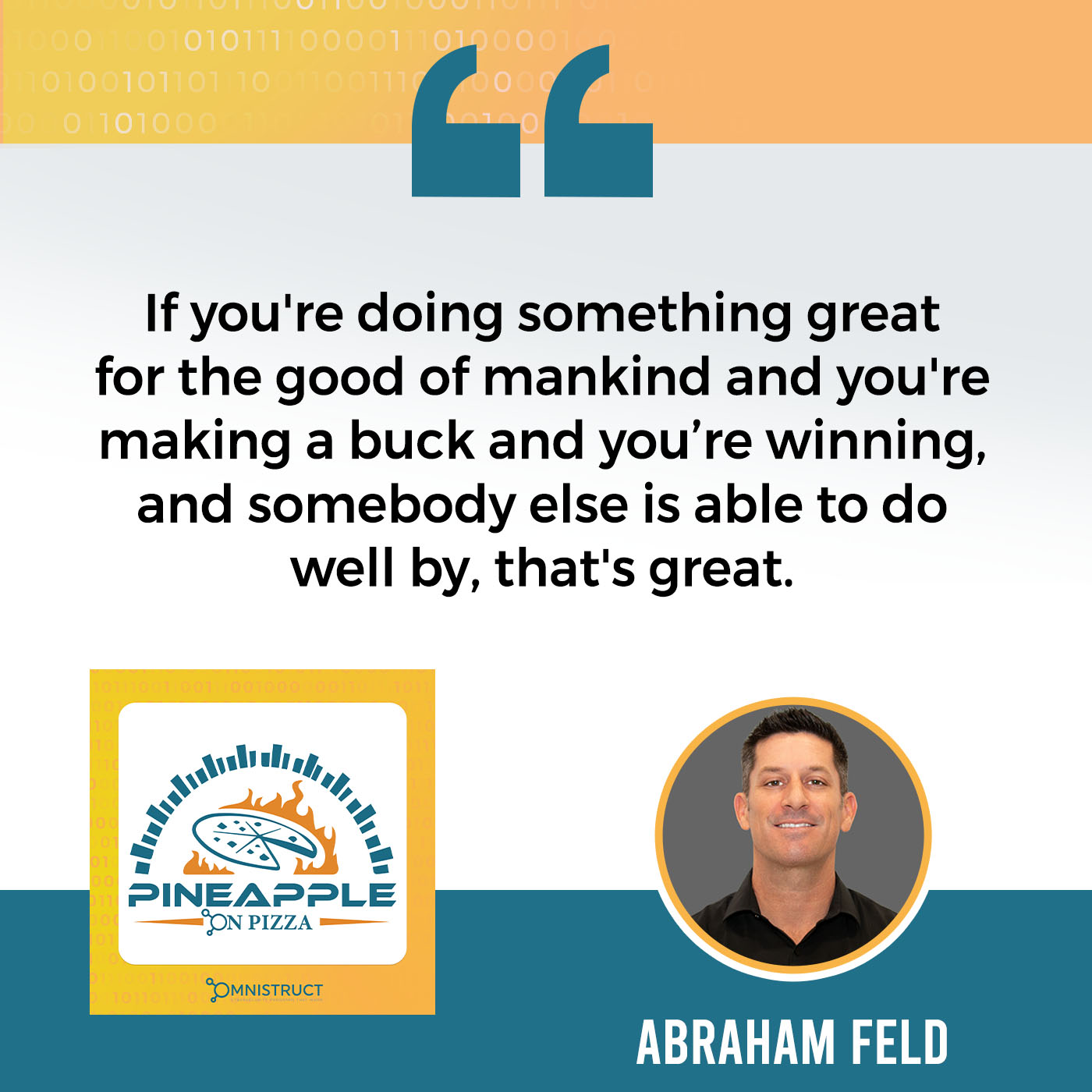
Some of the private stuff, for example, when you say that, let’s say some of the DOD stuff. We’re positioning ourselves to get a couple of our units specifically into these applications. The things that I can mention are, “It’s Wi-Fi enabled. It’s this, that, and the other in transferring files.” They can’t have that because they work on a specific intranet and they have all this stuff. You can’t have files transferred. It has to be configured, meaning these things are hardwired. It has to accept their stuff. We can’t have things printed on etc., to be very mutant colors.
A perfect example would be Humvee clips that hold onto the tarp that goes in the back of a Humvee. They have to order these things ahead of time. The process and the cost of a clip to get shipped, how do you do that? How about we airdrop this, so it lands on your CMOC? They have the outposts. The cost of the printer is like the cost of twenty clips because you think it’s a little plastic worth $0.5. No, each clip’s like $3 because if you factor in everything it costs to get a clip to hold the thing over the troop that’s blocking the sun so you can perform, it’s silly or comical.
This little plastic clip, albeit here, I can go to Walmart or order on Amazon, it will be here tomorrow. If you’re in the middle of the desert and we are out of them, that’s where something like this comes in like the safety. That’s a closed source. They’re going to have their files. They would have to designate. Nothing exists outside of that box. It would be from their unit to our enclosed circle. That’s it.
That DOD thing, we are familiar with that.
From drone bodies to propellers to landing gears to door handles, you name all sorts of stuff. All of these things break under stress, heat, and duration of time. It is to be able to print a clip instantaneously to hold a tarp over something, just to give you the perspective of the wow factor again.
We’re getting closer to it. As a kid, I used to watch The Jetsons.
Are you talking about the maker box?
The maker box, that’s right.
That’s an iteration that our company’s coming out with. We have a name for it and everything. I won’t tell you what it is, but it’s essentially that. We’re working on 4D circuitry. Instead of the real estate being on a flat board or PCB board this way, a flat green one, we’re building like Rubik’s cubes. We’re printing 3D circuitry because we can build the material and then we build silver conductive material.
If you can imagine an armature that requires a motor at the end of it, there’s a motor here that has to drive something and the brain is up here, we can print the material, and then the electrode leading material sandwich in-between, build the post, and then it’s a pick-and-play to pick the motor and place the material prints around it. Now, you have this armature that can be plugged and played when replaced armature from the existing armature that’s broken. You have no wires, no crimping, no leads, no screws, and no rivets. The sky’s the limit as far as reduction of cost material.
Also, the flip side is the efficiency of everything as you can see. It’s a domino effect. It’s pretty crazy how it flips. You have to start putting your mind into additive manufacturing. You’re making as-you-go, like you said, Jetsons, instead of having to get these components reduced, cut, chopped, weld, and grind. It took me a while too. Even now, I’m still like, “I’ve been doing this for a minute.” That I feel is what’s going to propel us even further in the market. If you go to one of these larger trade shows, your mind will be blown by what’s going on now with technology in that sector. As far as anything from the private side to mainstream manufacturing, medical devices, and aerospace, it’s mind-blowing. If you haven’t seen it, I’d suggest you take a look at it. At the very least, it’s entertaining.
Speaking of trade shows, are there any trade shows that you would suggest people go to learn more about?
There are two trade shows that I’ve been to this 2023 that are phenomenal. There’s one local coming up in Austin. Typically, most of these shows are located in Chicago because it’s the only place that can sustain a show of its size and the power demands that are required, everything from Wi-Fi, cybersecurity, and raw power. We’re talking multi-million dollar booths here. There are robots that are picking up cars. I have a video of a Corvette being picked up like it’s nothing. It is crazy stuff. It is IMTS out of Chicago, same with Rapid + TCT.
IMTS is anything under the sun manufacturing including additive, everything that’s phenomenal. You have Rapid + TCT, the same thing. That happened in Chicago. That’s all additive-focused. It’s a phenomenal show. We attend every year, so you can see us in our booth, Creative3DTechnologies.com. We do have one coming up. Honestly, all jokes aside, it’s called Formnext. They host different areas. They’re hosting in Austin, Texas coming up in August 2023. That’s exciting and that’s additive focus. If anybody around wants to come to check us, we will be there showcasing, but it’s not even us. Come check it out for the sake of checking out the industry.
I’m not trying to push any sales tactics here. Honestly, I enjoy seeing people meeting people. The shows are getting more exciting and packed with all sorts of various focuses of industry. Motorsports is magnificently huge in this space. Ford makes a lot of their hyper-car stuff with additive manufacturing and a lot of NHRA drag cars. We’re talking the scoops, the intakes, the manifolds. It’s fascinating. I have some videos and photos for you. After the show here, I’ll have to send them to you so you guys can check it out so you can enjoy it. It’s fun.
The IMTS event already happened this 2023?
Yes, it’s already happened, but if it’s coming up again in the fall or winter, I forgot the exact date, I would suggest even attending, expanding your network, educating, and everything. It’s a great place and a great event to experience quite a wide variety of things. It’s fascinating cutting-edge technology stuff. It’s great.
What excites you about the future? There’s all this cool new printing.
What excites me is you got like Siemens. They’re building automated hands. This kid at seventeen was able to figure out how to create the algorithmic pattern that you put on a couple of sensors. It’s able to, “I don’t have a hand,” and you put on this 3D-printed thing. It makes a real hand. It was unbelievable. I’ve never seen the articulation before like that on a hand. That’s blown me away. Those are medical prosthetics.
There is the intricacy of evacuation systems or manifold systems for implants and dental. My father was an oral surgeon. I’m partial to the oral stuff and the dental stuff. That’s why I mentioned the dental. 3D printing crowns. You have the scanner capability, so you’re scanning stuff and you’re getting STL files. There are various file forms, and there are a handful of components to make the process happen. You have a scanner. You have the software. You have a slicing software that is able to imagine a tree. If you were to take a tree and go reverse time in tree rings visually all the layers that made up a tree, that’s what slicing software does. It’s all the millions of layers that make up the thing.
It’s where you start and stop. If I were to take a whipped cream bottle, go to a table, start somewhere, go in a circle, and meet at the end of the circle, you’re going to have a little glob. How precise is that nozzle to stop the pressure to where it meets that other one, so it looks like it never started or stopped? That’s what slicing is. There you go. Come into a component with that.
What excites me about that is there’s software like that, so you’ll never know where it started or stopped. You can make these micro vacuoles for a thing that goes in your heart. There’s zero friction and zero chance of it clogging. It’s made out of material that doesn’t adhere to fat. There’s an unbelievable stuff. Everything from that to defense stuff to automated materials. When I say automated materials, I’m talking about materials that are automatically made through adjusted AI and machine learning. The part is made to be better as it’s made through time, which is mind-blowing. You’re making a part and it’s getting better. Awesome, but this thing over here, you’re making this lattice structure an ice cube.
Guess what? Nature mimics and has pretty much the best structural integrity out there. If you take a sea sponge, that’s inherently strong. With pumice, if you rub your side of your pool with it, it floats, but it’s strong. It’s light, but you can stand on it. Same thing with these structures. If you look at these structures, you are 3D printing the shoes. The soles look like a sea sponge spine. It’s like a web and it’s crazy. All the NFL helmets, the majority of the major manufacturers now are 3D. I just shared it on LinkedIn. They are 3D printing all of the impact-resistant zones in those modular. Anyways, a lot of exciting stuff. I go on for days.
Tell us a little bit about you. You’re down in Austin now. How does one become Abraham?
That’s a loaded question. It’s crazy. My dad was an oral surgeon, a specialist in the medical field big time. I got my mom who was a professional artist who makes stuff. I got both brains. I have the ability to do both. I can look at something analytically and come up with creative solutions or see a creative thing and see the analytics behind it or derive analytics from it. That’s the first step to becoming Abraham. Second, you mix in a bunch of ambition and what I like to call naturally caffeinated. I was luckily raised by a father who was driven. He was introspective and very Tony Robbins.
I was doing Amway demonstrations when I was a young kid at the age of four type of thing. I started playing competitive golf at nine. I traveled during high school. It was everything from that to whether it’d be my collegiate experiences or my professional experiences. I was a professional athlete in the motorsports realm for a while. Years ago, I was a professional freestyle motorsport athlete sponsored by some big names. I had to become an ambassador and represent these companies to the fullest. Not only because I was a representative, but I believed in the product. That was another thing that made me who I am. Let’s be realistic. I stand behind what I choose. Whether it’s a car or cereal, anything I get my name on, I put my pride and my hard work in too.
That’s who I am and where I come from. There are lots of experiences that have shaped me. Ultimately, now as I’m growing older, I find a lot of value in getting my hands in or being involved with product services or initiatives that are helping people honestly feel better about themselves or do better in life as a whole. Also, to advance human nature to be more of a whole and kinder species. That’s my ultimate drive.
I know it sounds a little hokey, but it’s true because, at the end of the day, we’re getting a little ornery and a little ahead of ourselves. I’m hoping we can find some common things, and that’s why I have that type of perspective. That’s who I am now. I’m hoping I can put a little bit out there. Hopefully, we can stay positive and we can build some cool stuff as a team and as a community.
Here’s one of those loaded questions for you. If you could go back in time and give your younger self advice, what advice would that be?
Two things. 1) Invest in Las Vegas real estate when I had the chance when it was dirt. 2) I should have moved forward with my idea to have a shared website where you upload your video and create a profile. It’s called YouTube now. I should have moved forward with that one now. It was called the Motor Sports Tube. Those are the two things I thought, “I started it, we did it, and they never did it. Nobody’s going to want to spend the time to put their stuff on the internet. That’s a lot of work. They got to film it. They got to upload it. No one’s going to want to do that.”
Especially back in those days.
Honestly, I don’t think I’d go back now because I wouldn’t be who I am. I know it sounds silly, but I wouldn’t be who I am. We go through these times up and down, and I’m sure everybody does, where you feel like you’re king of the world, and then you feel like you’re lower than low. A lot of the crazy things have happened in the last few years. You got the COVID stuff. You got all these things happening. The world’s changing faster than fast. We’ve talked about a lot of things, tech this, safety that.
The bottom line is to find your rhythm to where you can pull little bits of joy out of things. These little wins and these little victories all add up that vibe with other people. A bigger challenge is staying positive day-to-day because it feels like a lot of things have now been turned into challenges. It’s not a challenge. We’re so lucky to be able to do the things we are.
It’s good. Our goal is to get to know you and help our audience get to know you and all these cool things that you’re doing. That’s the point of what we’re doing here.
True. I came from Traxxas: RC Cars, the world’s largest RC car manufacturer. A lot of 3D printing was involved in there. I was a part of launching a handful of mainline products. I took a stance of making our video content and doing a handful of things differently. That’s an example of who I am and where I come from. It’s funny because you’re so involved in one industry, that you don’t realize it, and then you go into an industry that you were using while you were at another company. It’s awesome. A lot of times, you feel like you’re the biggest thing since sliced bread, but you can go to the gas station in the corner and nobody knows who you are.
That’s what I’m trying to hit at. Being humble and realizing what you’re doing is the biggest thing because we all get caught up thinking we’re the biggest thing. It’s so funny. Being an athlete, you think everybody knows you. You’re like, “Do you know who I am?” They’re like, “I don’t know who you are.” I’ve had a lot of conversations even with big people that I follow. I’m like, “Do you know who this guy is? He is a professional golfer.” They’re like, “I don’t play golf. I don’t even know what the heck you’re talking about.”
Also, getting starstruck and all that kind of stuff. It’s not that I’m blasé and I don’t care. It’s more like it doesn’t light my fire because you’re focusing on the wrong thing. We all eat. We all go to the restroom. We all put our pants on one leg at a time. I try to stay as humble as I can. There’s a difference between cocky and confident, a thin line. Once you catch the wave or anything like that, you go in the wrong direction. Again, like I said, peaks and valleys, we’ve all been there.
The point is to try and minimize those. Try and create a cadence. We can do that as a society through our efforts, whether it would be through what you guys are doing or what we’re doing creating a machine. I like to call it a machine. They call it a printer. It’s a machine. It allows things like allows things to happen that wouldn’t have happened prior. Same with content development or this show we’re doing. People wouldn’t have known the things we’re talking about or been motivated, excited, or whatever prior to hearing this or seeing your beautiful faces.
Abraham, how can people find you?
It used to be where you did the #AbrahamStunts and it used to be all over the place. That’s my older self. If you want to get ahold of me or check me out, it’s a little simple. LinkedIn search, that’s Abraham Feld, my name. Our website now is Creative 3D Technologies. I’m not so much on the other social channels as much now for myself. I do a lot of business social, managing, and strategy. If you want to find out who I am, send me a message and I’ll message you back.
Thank you. We appreciate your time on this. To our audience, we’d like to thank you for reading. If you’ve learned something or laughed, tell somebody and follow this show. Thank you. It has been another great episode. We’ll see you next episode. Thanks for coming.
Important Links
- The Magic of Thinking Big
- IMTS
- Rapid + TCT
- Formnext
- Traxxas: RC Cars
- Abraham Feld – LinkedIn
- Creative 3D Technologies
- [email protected]
About Abraham Feld

My extensive and multi-channel experience anchors my marketing and retail expertise in sporting goods, engineering, SAAS, fashion, action sports, and product categories. With a strong background in digital marketing, marketing operations and content creation, I drive strategic clarity and decisive implementation in structured, focused directives leveraging scalable and sustainable programs focused on growth and customer acquisition.

